In Dutch history, the Golden Age is a period between 1609 and 1713, and during 104 years, the small Dutch nation was at the top of the world. It was a time when the Dutch economy, political framework, and culture had no competitor.
During the same period, Dutch art, specifically the Baroque painting style, was at its ultimate expression. The artists of this era were getting commissions from both the affluent sections and the middle and merchant classes. One reason for compassion towards art was better economic status which led the people to live a lavish life, and the Dutch baroque artists got the most out of this love for art.
It is said that during these 100 years, 4 million baroque paintings were made, and almost every class of society took part in this movement. The portrait painting “The Girl with a Pearl Earring” is a simplistic baroque style painting, but it has got the world’s attention and currently resides at the Mauritshuis at The Hague. Such paintings and household scenes became the epitome of this period.
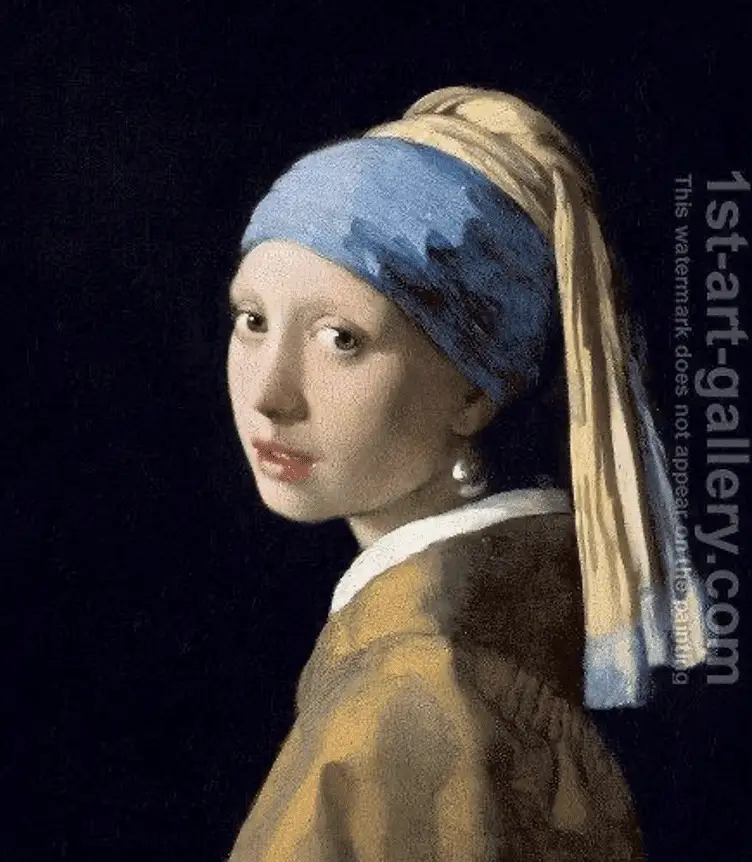
Some Key Developments of the Dutch Baroque Golden Age
Among several other reasons, the reformation of the Church was instrumental in developing the Golden Age in art. This is because of the reformation of the church; the people saw the birth of Dutch Nationalism.
Due to this, art became independent and free-thinking too over propaganda-based paintings. The painters became free to abandon showcasing the grandiose catholic lifestyle and switched their subjects to the normal lifestyle of the ordinary individuals.
One of the prime examples is Jan Vermeer Van Delft, the same artist who painted the Girl with a Pearl Earring. Vermeer’s subjects were mostly the women who indulged in daily household chores. Because these paintings and scenarios depicted reality, some historians might also refer to this period as Dutch Realism.
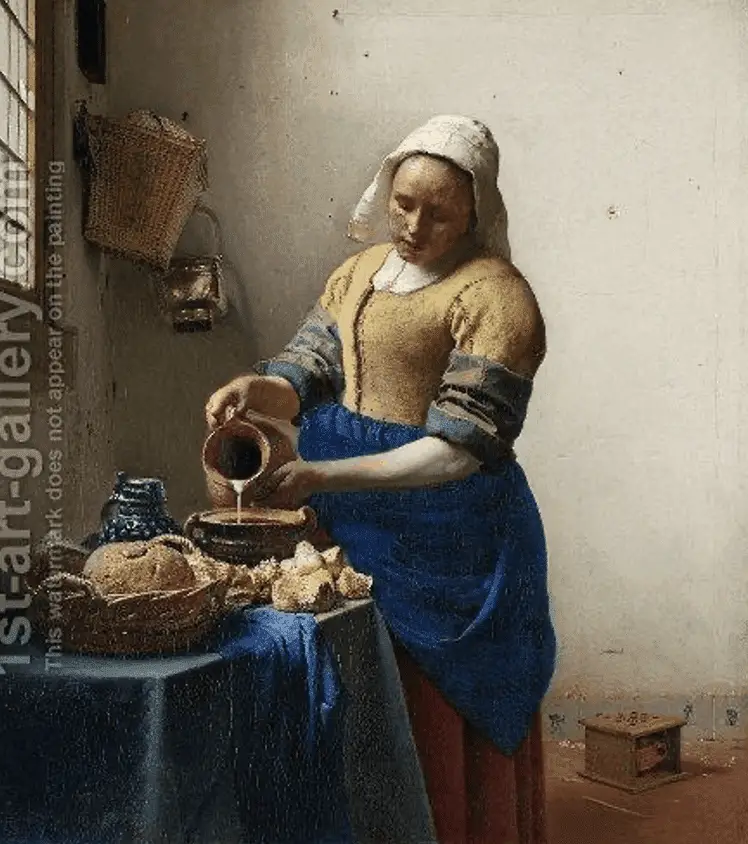
Besides the switch to painting portraits of ordinary Dutch life, the painters were also taken to working on landscape-style paintings. These landscapes, again, highlighted the Dutch village and rural lifestyle, shedding the affinity towards showing the grandeur lifestyle of the castle-dwellers and nobles.
There was a positive bias towards depicting the contemporary trends, lifestyle, and interests of the people living a life in and before the golden age. This time around, the heroes of the paintings were not the cavalry or a king sitting on the horse, but it was a woman working in her house, a simple man walking by the lake, or even a son returning to his parents and family.
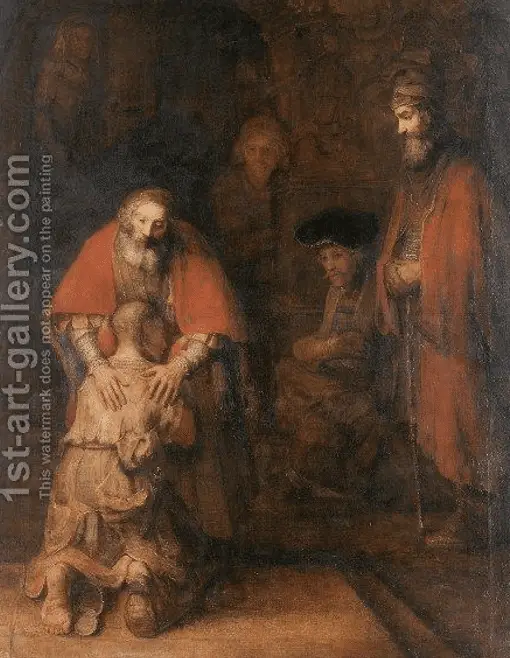
Dutch Golden Age Portrait Art
The beginning of the Golden Age is said to be 1609, but the foundational blocks were laid beforehand by artists like Frans Hals and Jan Bruegel. Frans’s painting Banquet of the Officers of the St. Hadrian Civic Guard Company was his most prized portraiture, and after this, he was sought after as a great portraitist. With Hals’ portrait style painting and Bruegel’s still life painting style, the Dutch painting style switched to more simplistic themes.
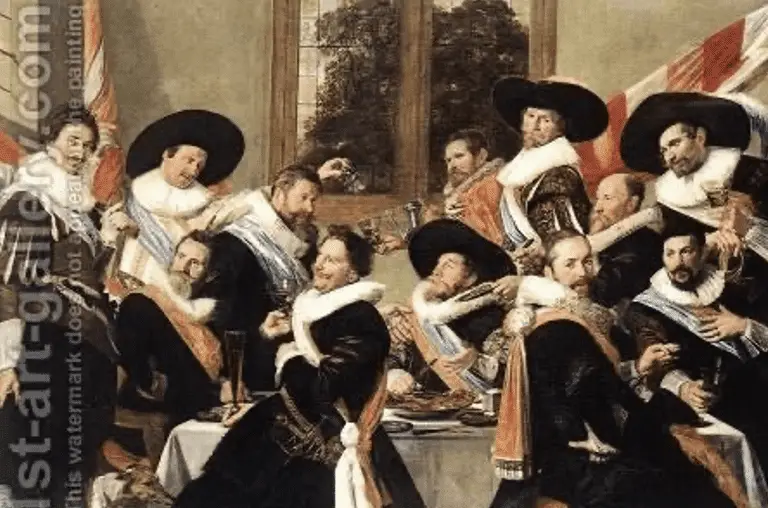
Coming to the Dutch Baroque style of painting began with the coming of genre painting. The baroque style of painting was established in 1590, but it was Frans Hals who gave it a Dutch perspective while adding his portraiture style to the same.
The uniqueness of this style of painting was depicting the scenes of real-life with close observation, which sort of forces the spectator to empathize with the hero in the frame. Taking the baton from Hals, Rembrandt took towards a more introverted and dramatic perspective of the baroque paintings. Now, because he was into the Dutch Golden Age, Rembrandt fabulously merged these two art movements.
The likes of Rembrandt and Caravaggio were taken to the genre painting due to the high demand of the bourgeois. From here, we saw the emergence of the Dutch Realist style of genre painting. From silent and simple exteriors to festivities, brothels, and other household scenes, the Dutch baroque genre painting became a movement.
Some Other Styles of the Dutch Baroque Golden Age
Portrait and its offshoot genre painting were not the only movements of the Dutch Golden Age. There was the emergence of Landscape style, Still Life, Printmaking, and Historical painting that was also prevalent in these times. And in all these painting styles, we can see the essence of the painting style used in baroque portrait paintings.
The Notable Painters of this Period
Although the entire period of the Dutch Golden Age is decorated with extraordinary artists, four artists stand out from all. Let’s talk about their contribution. Frans Hals brought the rough style of painting to the mainstream, and his innovative style was able to deliver unique and visible energy to the paintings.
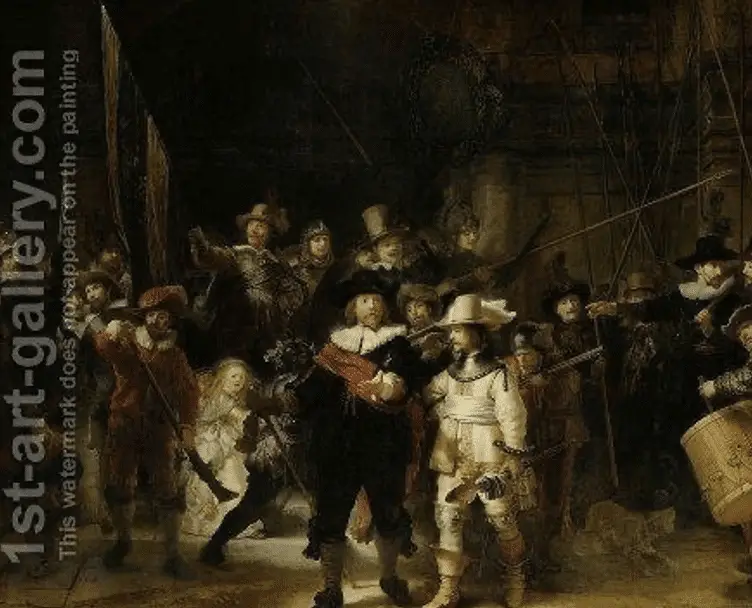
Judith Leyster was good at creating portraits, and her self-portrait is printed as an innovation over the regular painting styles.
Rembrandt van Rijn represents the defining milestones of the baroque style painting and took the Dutch Golden Age to new heights. Rembrandt had the ability to shift the focus of the painting from the outer limits to the focus on the event mid-action.
Last, we have Johannes Vermeer, who aced both the landscape style of painting and the portrait style. With landscape’s expressing natural light and portraits having the properties like a liquid light flowing through the character gave a special luminescence effect to the character.
Conclusion
The Dutch Golden Age was really something special. It gave the world another way to look at the ordinary life of a man with a heroic touch. Plus, the painters of this age were also instrumental in shaping the entire framework of this style of painting. Having any of the Dutch baroque paintings in your home or an office setting will light up the area and become a great conversation starter.
